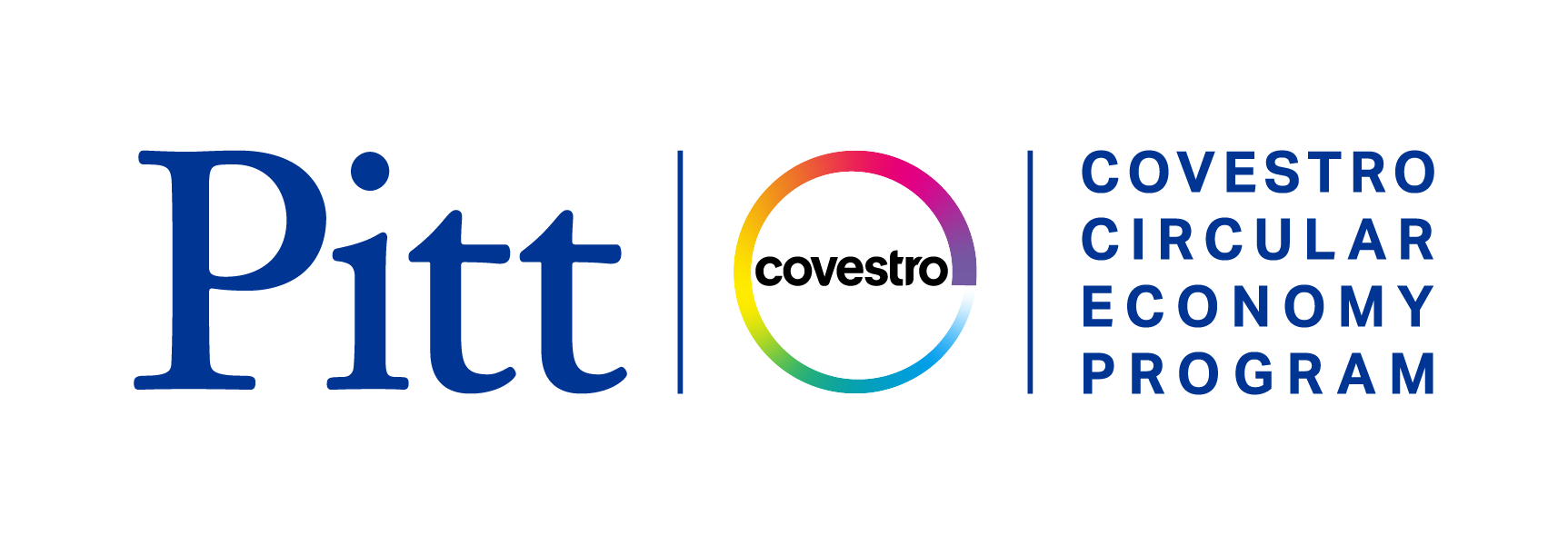Research
The research program will cover two broad avenues to answer fundamental questions regarding the transition to a more circular economy:
(1) How do we convert current products from a linear mode to one where multiple lives are possible, and how can we ensure that the proposed circular solutions are more sustainable?
(2) How do we practice and teach circular design, regardless of the product or service category?
Circular Solutions for Existing Products
Most current products are designed for a single use, whether that use lasts minutes or decades. Research in this area will address how to transform existing products to a more circular lifecycle via the application of novel recycling systems. To that end, our research activity will seek to answer:
- Materials flow – Can we identify and ultimately track materials as they leave the plant gate and move through value chains to their end use and end of life? In addition to understanding the various nodes and flow rates along the value chain, it will be important to observe how material complexity (through further assembly) changes along the chain.
- Disassembly technology – By the time any materials reach consumers, it is usually a subsystem of a larger assembly. To truly recycle or upcycle such materials or products, optimal strategies for disassembly will be formulated to capture the most value from the overall product. This could lead to partial or full disassembly to constituents. Economics and available technology that operates at the molecular level will be instrumental in determining the optimal level of disassembly.
- Molecular disassembly using controlled chemistry -- Because commercial materials are complex mixtures of sometimes dozens of components, traditional separation becomes economically problematic once a certain number of components in the target formulation is reached. Consequently, we will endeavor to design controlled catalytic chemical processes that will break materials into fragments with significant value, and to separate these fragments from lesser value side products
- Environmental assessment -- While it is often assumed that transforming a linear product to a more circular state via the creation of an effective recycling system will reduce overall environmental impact, this is not always true for all cases. As such, we will employ life cycle impact analysis to determine whether novel recycling systems actually enhance the environment while also not lessening social equity.
- Technical and economic analysis -- Most products that consumers employ arrive at the end of long and complex value chains, typically comprising a variety of
companies and continents. Design of a recycling system must consider the economics of the redesign of these value chains, rendering part or all of the chain circular. Technical-economic analysis should help determine the best place to “intervene” in the value chain with a circular solution.
Creating A New Design Paradigm for Circularity
Current design paradigms begin with desired outcomes, then move to strategies to accomplish the outcomes. These strategies are supported by a set of technological, science-based design tools to streamline the design process. Circular design represents an entirely new way to approach the design process and requires newly defined outcomes, strategies and tools (adding new science as needed). The role of the Covestro Circular Economy Program is to support the creation of new fundamental science to allow the assembly of new tools to aid circular design. This work not only enables designers to practice circular design, but also allows academics to teach the concept to undergraduate and graduate students. Below, we propose some potential desired outcomes and strategies.
Desired Outcomes for Circular Designs
In general, the desired outcomes for circular designs reflect environmental, societal, and economic needs:
- Designs are adopted, economies and communities thrive.
- Less virgin material employed, energy intensity drops.
- As embodied energy decreases, significant climate benefits are accrued.
- Less dissipation, where any dissipated material degrades benignly.
- Less material going to landfill or incineration.
- Products in service longer, either in first application or others.
- At end of useful life, products to be reused in whole or in parts, or serve as “food” for the ecosystem.
Design Strategies to Achieve Outcomes
The design strategies shown below have all been suggested by authors in the circular design literature as relevant to circular design; these are often applied separately in a specific design case.
- Design for emotional attachment.
- Design for multiple lives (applications) without alteration.
- Design for in-service upgrading and repair.
- Design for recovery/collection.
- Design for disassembly, separation of components, and reuse or reassembly.
- Design that reduces complexity OR design for temporary/reversible complexity.
- Design that reduces dissipation; promotes supported function.
- Design that reduces material & energy intensity.
- Design for timely and benign degradation.
Technological Tools Needed to Translate Strategies to Practice
Tools are collections of fundamental science that are employed to streamline design – in highly mature fields these are often codified as software. Tools will vary across discipline or industry segment or product type – practically, we will choose a subset of all segments to allow focus on a subset of all tools. Each tool developed will support one or more strategies. Because the tools needed will vary as the industrial segment varies (from textiles to finance and beyond), PhD students from any discipline can participate in the research program.
Fundamental Science to Support Tool Development
Design tools always rely on fundamental science; in the case of tools for circular design some of the necessary science may already be present in the literature, while a significant portion may not. PhD students associated with the Program will conduct the research to create the science needed to generate circular design tools.
